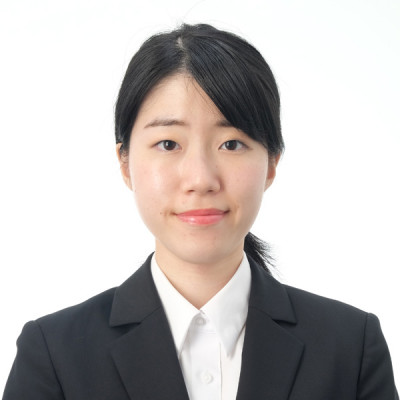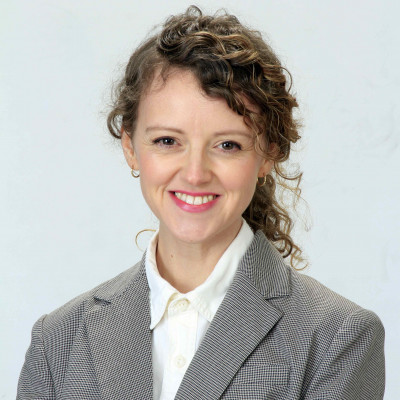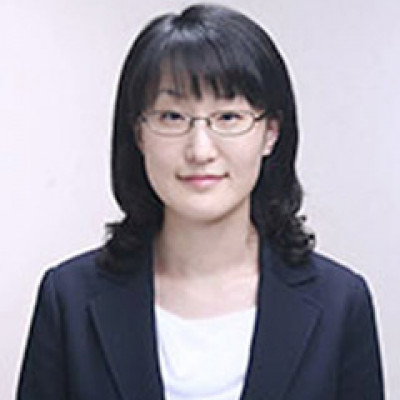Sessions / Location Name: Zoom G
Virtual Location
Virtual: You cannot enter virtually via this page. Click on the titles of individual presentations or go to the Live Page
Digital Tools for Enhanced Learning #3256
Both learners and educators are increasingly looking to technology to enrich the learning process. In this session, we will see how extra online practice activities can be used to increase exposure to English and learner agency, as well as introducing the benefits of a flipped classroom approach. We will also look at teacher tools, such as learning management systems and classroom presentation software, which allow educators to plan, teach, assign, track and assess their learners and are now accessible in one place through the Oxford English Hub.
Games and learning theory: An undergraduate course #3084
Games provide an accessible way to introduce learning theories (operant conditioning, sociocultural theory, etc.) in my undergraduate seminar titled “Games for learning.” Students play games in English and discuss how learning theory can explain them. For example, Kahoot is used to demonstrate operant conditioning, and Spaceteam ESL is used to demonstrate sociocultural theory. Students also develop and report on their own digital or analog games based on learning theories. Students have used Twine, Google Forms, and Unity to create their games. In this presentation, I describe the seminar and share examples of projects, games, and student work. I also describe how a collaboration with an overseas university was integrated into the course and explain lessons learned from this experience. Finally, I detail how I plan to develop the course in the future by emphasizing learner autonomy.
How to Measure Lexical Diversity with R and Python, and Why You Would Want To #3048
Lexical diversity (LD) has been shown to correlate strongly with the scores learners received on their L2 written compositions (e.g., Crossley & McNamara, 2011; Monteiro, Crossley, & Kyle, 2020; Henriksen & Danelund, 2016) as well as with their spoken proficiency (Clenton, et al. 2020; De Jong, Groenhout, Schoonen, & Hulstijn, 2013). For this reason, measures of lexical diversity are often used as a general-purpose measure of learners' spoken and written language (Malvern et al. 2004) or as tools for measuring the complexity of learner-produced texts at the lexical level (Housen et al. 2012).
However, despite the usefulness of lexical diversity, there are several issues related to the use of lexical diversity in language research, including what measures of lexical diversity to use (Jarvis, 2013), the relationship between lexical diversity and text length (Treffers-Daller et al., 2018), and the differences that may exist when measuring lexical diversity from learners of different language backgrounds or levels of linguistic proficiency (Zenkera & Kyle, 2021). Furthermore, the online tools available for measuring lexical diversity (for example, Text Inspector), while useful, can be difficult to use when trying to compare different measures of lexical diversity across multiple texts.
This workshop is aimed to help researchers address this problem by introducing participants to the theoretical foundations behind the different measures of lexical diversity and having them begin to measure lexical diversity themselves using both R and Python. Participants will first learn how to import, clean, and measure texts for lexical diversity using R and RStudio. This includes learning how to: import and prepare the texts, analyze texts using different measures of lexical diversity, and export the results of these measures for use in subsequent statistical analysis. The presentation will finish with a brief introduction as to how a similar analysis can be done using Python, and the packages that exist in this language to prepare and process texts for lexical diversity. It is hoped that at the end of the workshop, participants will have a basic understanding of how these tools can be used in their own research contexts.
Participants will learn how to: Install and load a library into RStudio, Open and read a text file in R, Lemmatize the text, Write a simple script to count the types and tokens in the lemmatized text and calculate the Lexical diversity using TTR and Guiraud's Index, Write a simple script to calculate the lexical diversity of the file using MTLD, Use a for-loop to repeat the process over multiple files, Export the results to a csv file
EFL Grammar Learning through Simulations in a 3D Multi-user Virtual Environment: A Case Study #2930
Recent investigation on the effects of 3D multi-user virtual environments (MUVEs) has revolved around affective constructs such as social cohesion and motivation. However, their efficacy in promoting EFL university learners’ acquisition of a specific grammatical feature has been under-researched (Chen, 2020). Especially, English phrasal verbs and prepositions are frequent in use, but not well learned by adult EFL learners due to limited opportunities to practice them in authentic contexts (Schmitt & Redwood, 2011).
Theoretically motivated by technology-mediated task-based language teaching principles (Ortega & González-Lloret, 2015), this paper presents a qualitative study to show the effects of an MUVE on EFL L1 Japanese university learners’ acquisition of L2 English phrasal verbs and prepositions with transparent meanings. The study employed collaborative simulation tasks for those learners to use the target forms on a virtual reality (VR) platform Spatial. This application was chosen for its ‘physical’ interactivity allowing participants to practice motions encoded in target grammatical forms.
The study lasted around one month. Two EFL university learners in Japan and two L1 English peers met on Spatial weekly for 30-40 minutes. They were given oral and written guidelines to place and interact with 3D objects to build a house or their own virtual room. Video-audio-chat recordings on Spatial, a semi-structured interview, and the investigator’s field notes were analyzed through grounded theory.
Results showed that the EFL participants gained receptive and productive skills for phrasal verbs and prepositions through real-life simulation tasks. Their level of perceived usefulness toward learning grammar on the MUVE also increased across those sessions; they found the MUVE a viable tool to learn L2 grammar interactively and safely, especially under circumstances surrounding COVID-19. The presentation ends with pedagogical recommendations for using VR tools to teach university EFL learners L2 grammar remotely.
Playful Talk: Utilising Flipgrid monologues for developing creative and collaborative thinking in ESL learners in Japan #2929
The presentation will explain a preliminary study that tested the efficacy of playful talk (Wegerif, 2005) for the development of higher-order thinking and reasoning skills in a group of freshmen university students enrolled in an English for Academic Purposes oral communication course. Participants recorded a series of eight monologues onto an asynchronous online platform (Flipgrid) in response to initial prompts by the instructor, over the course of one semester. Created in a space-apart from the classroom, (where the voice of the teacher is generally overarching -especially in the Japanese educational context from which the participants in this study have come), and requiring the content to be based on self-reflection, the recordings show the creative emergence of individual approaches to the shared tasks, as well as hinting towards a developing sense of group-directed collaborative thinking. Although not mandated by the instructor, participants engaged with the recordings made by their classmates, evidence of which was seen during separate real-time in-class discussions about academic topics that were seemingly thematically-distant from the content of playful talk. The post-semester reflections of the participants on the use of this online platform and the relevance it held for their own learning will also be a feature of the presentation. Attention has been given to the importance of creative response for the development of higher order thinking skills (for example, see Resnick, 1987) but less attention has been directed to designing a place for playful talk itself within an English for Academic Purposes syllabus or for the role of playful talk for the development of thinking and reasoning skills in second language learning university students.
Playfulness in English: Are Japanese Elementary School Educators Ready to Teach Programming in English in a soft CLIL environment? #3038
In April 2020, programming education was introduced to all Japanese public elementary school students. The current programming education curriculum is aimed at 5th and 6th grade science and mathematics classes, but the official guideline from MEXT encourages educators to adopt a transdisciplinary and playful approach to teach this new subject. Programming education and computational thinking is often associated with playful learning, but can programming education be taught in English in a soft CLIL (Content and Language Integrated Learning) approach by Japanese elementary school teachers? Very little research has been published on tackling programming education from a soft CLIL perspective in the context of the Japanese classroom. Japanese in-service educators and possibly Assistant Language Teachers ALT are a key part of the success of introducing fun programming activities in English. Both in-service educators and ALTs were surveyed to measure their confidence in teaching programming education in English and their belief in the benefit of using a soft CLIL approach. The survey was distributed both online and in-person. This paper aims are both mapping the knowledge gaps of in-service educators and finding ways for training educators in teaching playful programming in English. Our presentation will show how computational thinking can be introduced simply in a playful manner at level. We hope to inspire educators to include programming education within their own curriculum and leave them with a few actionable ideas on how to do it.






